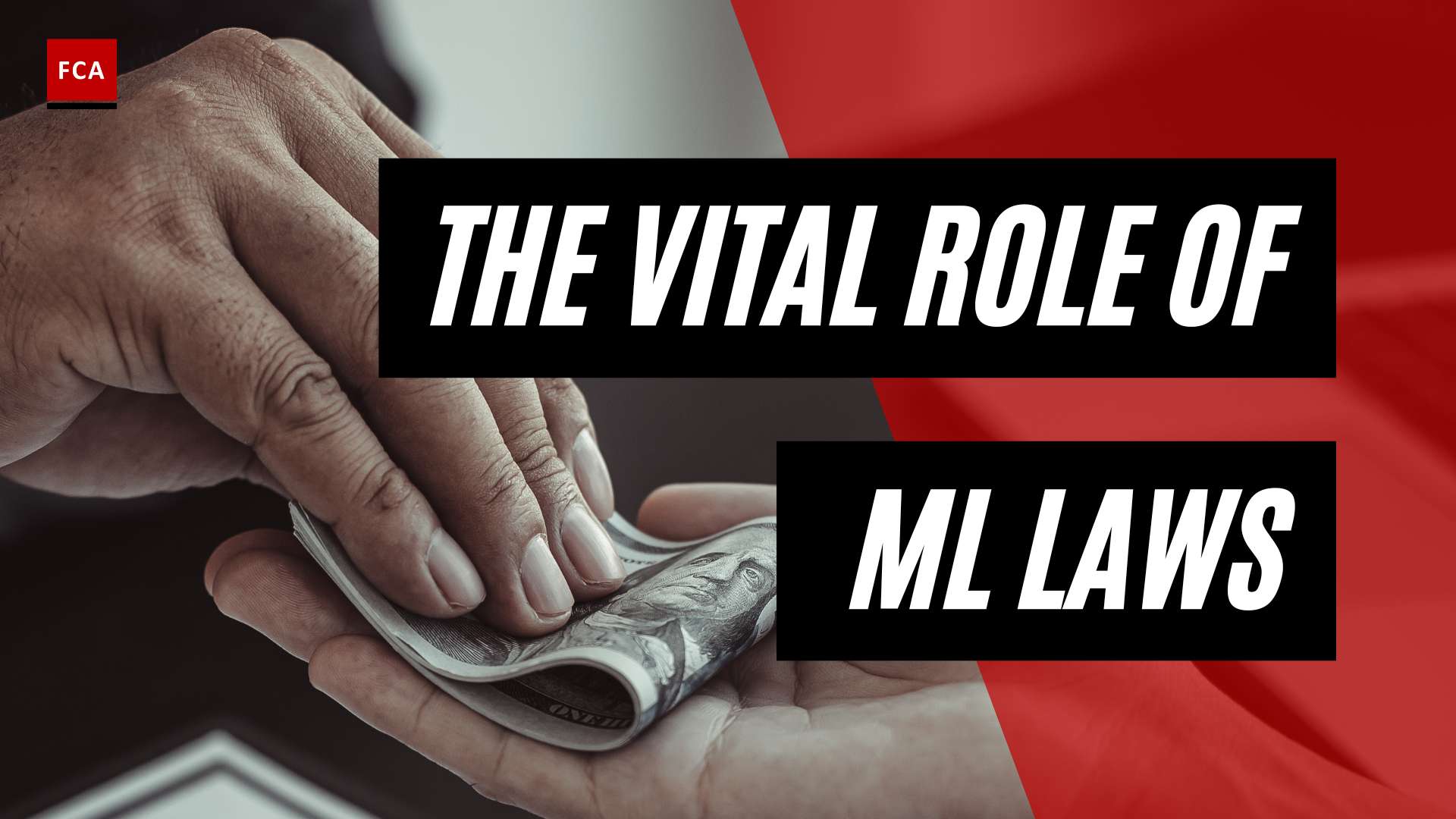Just like for money laundering, The four stages of terrorist financing can be explained in different stages. Simply put, the process of terrorist financing follows a four-stage approach. These four stages are Collecting, Storing, Moving, and Using.
Terrorist financing entails soliciting, collecting, or providing funds with the intent of using them to support terrorist acts or organizations. Money can come from both legal and illegal sources.
More specifically, a person commits the crime of financing terrorism “if that person, by any means, directly or indirectly, unlawfully and willfully, provides or collects funds with the intention or knowledge that they are to be used, in full or in part, in order to carry out” an offense within the scope of the Convention.

The Four Stages Of Terrorist Financing
The primary goal of individuals or entities involved in terrorism financing is therefore to conceal both the financing and the nature of the financed activity.
Combating the Financing of Terrorism (CFT) is a set of government laws, regulations, and other practices designed to limit access to funding and financial services for those designated as terrorists by the government. Law enforcement may be able to prevent some terrorist activities from occurring if they can track down the source of the funds that support them.
CFT is also known as Counter financing of Terrorism or Countering Terrorist Financing.
Terrorists use a variety of methods to finance their activities and conceal the sources of their funds, so financial regulators and law enforcement must employ a variety of methods to apprehend these criminals.
The funds may come from legal sources such as legitimate businesses, government funding, and religious or cultural organizations, or they may come from illegal sources such as drug trafficking, kidnapping, and government corruption. Through money laundering, funds may also come from an illegal source but appear to come from a legal source.
Stage 1: Collection
The first stage, the collecting stage, refers to generating the funds intended for a terrorist or terror organization. The funds can originate from a variety of sources.
Typical sources of financial support for terrorist financing include direct donations by individuals and organizations, the use of charities and non-profit organizations, and from something that might already be obvious to you, which is criminal activity. But terrorists can also generate funds from legal business operations.
Stage 2: Storing
The second stage is the storing stage. To understand this, put yourself in the shoes of a terrorist organization’s fundraiser for a moment. You have received some money from direct donations in amounts large and small, given by individuals, legal entities, non-profit organizations, or businesses, and, in some cases, foreign countries. What do you do with this? You bundle it to make it easier to handle, and you store it somewhere.
The storing of funds can be accomplished through bank accounts, prepaid cards, and high-value commodities. The latter includes commodities such as oil, art and antiquities, agricultural products, precious metals and gems, and even used vehicles. Terrorist organizations even store the funds in the form of Cryptocurrencies and keep them in cash. They are storing the funds until they have determined and planned for their use.
Stage 3: Moving
The third stage is moving the funds. When the terror group has as many funds as required and an operational need, they move to funds from the store elsewhere. The choice of movement mechanism naturally relates to the store.
Well-known mechanisms for moving values include the traditional banking and financial sector, money services businesses, the Hawala financial system. They smuggle it in the form of cash, gold, or other, or if they have it in cryptocurrencies, they transfer them to another wallet. It’s like in other crimes. Moving the body has the highest risk profile. So it is during the moving stage that terrorists are most vulnerable, especially to international economic sanctions.
Stage 4: Using
The last stage of terrorist financing is using the funds. There are countless examples of what for terrorists can use their funds. Some more examples of the use of funds in terrorism include using it for the terrorist organization to pay for weapons, material, equipment, overheads, media, messaging, training, and salaries.
The funds can also be used to pay for foreign fighters and organize travel services or cover passport and visa costs. Some of the forms of usage are also day-to-day expenses which are difficult to identify as terrorism-related.
Link Efforts To Combat Money Laundering And Terrorism Financing
The process of concealing the illicit origin of criminal proceeds is known as money laundering. The collection or provision of funds for terrorist purposes is referred to as terrorist financing. In the case of money laundering, funds are always of illicit origin, whereas funds for terrorist financing can come from both legal and illicit sources. The primary goal of individuals or entities involved in terrorism financing is thus to conceal not only the source of the money, but also the funding activity and the nature of the funded activity.
Money laundering and terrorism financing both use similar methods. In both cases, the actor illegally uses the financial sector. The methods used to launder money and finance terrorist activities/terrorism are very similar, if not identical in many cases.
An effective anti-money laundering/counter-terrorism financing framework must thus address both risk issues: it must prevent, detect, and punish illegal funds entering the financial system as well as funding terrorist individuals, organizations, and/or activities. In addition, AML and CFT strategies overlap in that they both aim to attack the criminal or terrorist organization through its financial activities, and they use the financial trail to identify the various components of the criminal or terrorist network.
Final Thoughts
Money laundering and terrorism financing are frequently intertwined. When law enforcement detects and prevents money laundering, it may also prevent those funds from being used to finance terrorist acts. Combating money laundering is critical to combating CFT. Instead of attempting to apprehend a criminal plotting or committing an act of terrorism through other means, law enforcement officials may approach the issue from a financial standpoint by pursuing the flow of funding that supports the activities.
Financial crimes, such as tax evasion, money laundering, and terrorist financing, jeopardize jurisdictions’ political and economic interests while also posing a serious threat to national security. Law enforcement officers tasked with combating these crimes work in a challenging environment.
Because of limited resources and technological advancements, criminals are employing increasingly sophisticated methods to avoid detection. To combat these crimes, a “whole-of-government approach” is required, in which different financial crime authorities can pool their knowledge and skills to collectively prevent, detect, and enforce these crimes.









